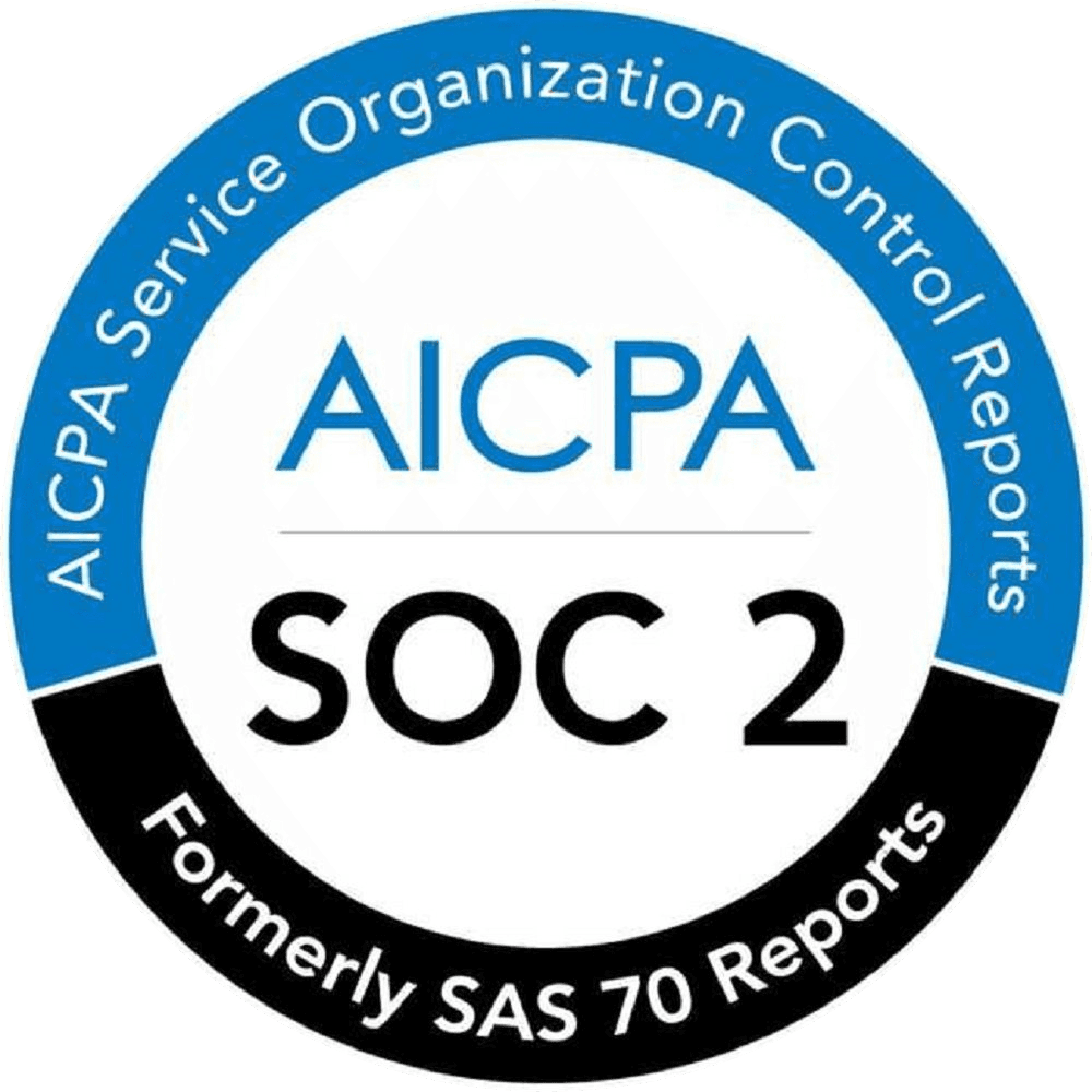Code Security
Jan 24, 2025
CVE-2025-21535: Oracle WebLogic Server Remote Code Execution Vulnerability

Amartya Jha
Founder & CEO, CodeAnt AI
Oracle WebLogic Server, a backbone of many enterprise applications, is facing a critical security threat: CVE-2025-21535. With a CVSS score of 9.8, this newly disclosed flaw allows attackers to achieve remote code execution (RCE) without authentication. In simple terms, an exposed and unpatched WebLogic instance could let attackers take full control of your environment.
In this blog, we will break down how the exploit works, the impact on affected systems, and the steps organizations must take to mitigate risk before attackers weaponize it.

About the Issue
CVE-2025-21535 is a deserialization vulnerability in Oracle WebLogic Server, part of the Fusion Middleware suite widely used in enterprise deployments. The flaw arises from improper handling of untrusted serialized data, a class of bug that has previously impacted WebLogic.
If exploited, a malicious actor can craft a special serialized payload and send it to a vulnerable WebLogic endpoint. Once processed, the server executes the attacker’s code with the same privileges as the WebLogic process, which can escalate into complete system compromise.
How Does It Work?
At its core, the vulnerability lies in the processing of serialized data by WebLogic Server. Here's how an attack typically unfolds:
Crafting the Payload: The attacker creates a malicious serialized object designed to exploit the deserialization process.
Sending Malicious Requests: The payload is embedded in a request and sent to a vulnerable WebLogic Server endpoint.
Executing Code: The server processes the malicious object, triggering arbitrary code execution.
This flaw can be exploited without authentication, making it particularly dangerous in exposed environments.
Impact
The impact of CVE-2025-21535 on Oracle WebLogic Server is severe and extends far beyond a single server compromise:
Remote Code Execution (RCE): Attackers can execute arbitrary commands directly on the vulnerable WebLogic server. This can lead to data theft, ransomware deployment, privilege escalation, or full system takeover.
Network Lateral Movement: Once WebLogic is compromised, attackers can pivot deeper into the environment. This allows them to access databases, application servers, or internal services, increasing the blast radius of the breach.
Operational Disruption: Exploitation can cause server instability and crashes, disrupting business operations. Organizations that rely heavily on WebLogic for enterprise applications and middleware risk prolonged downtime.
Who is Affected?
Organizations using the following versions of Oracle WebLogic Server are vulnerable if they have not applied the latest patches:
WebLogic Server 12c (12.2.1.4)
WebLogic Server 14c (14.1.1.0)
Servers exposed to the internet are particularly at risk.
Mitigation and Recommended Actions
To protect against CVE-2025-21535, consider the following steps:
Apply Security Patches Oracle has released patches addressing this vulnerability. Update to WebLogic Server 12.2.1.4.230123 and WebLogic Server 14.1.1.0.230123, which include fixes for CVE-2025-21535.
Restrict Access Limit access to WebLogic Server interfaces using firewalls or access control lists (ACLs). Disable public access where possible.
Enable Security Features Use Oracle WebLogic's built-in security features, such as authentication and authorization controls.
Monitor and Audit Logs Regularly review server logs for signs of suspicious activity, such as unexpected requests or deserialization attempts.
Network Segmentation Isolate critical servers to reduce the risk of lateral movement in the event of a breach.
Conclusion
CVE-2025-21535 is not just another Oracle patch advisory, it is a reminder that middleware platforms like WebLogic are prime targets for attackers. With a CVSS score of 9.8 and no authentication required, this vulnerability gives adversaries a direct path to full system compromise if left unpatched.
Organizations must:
Apply Oracle’s latest security updates without delay
Restrict internet exposure of WebLogic servers
Continuously monitor logs and network traffic for exploitation attempts
The key takeaway: proactive patching, layered defenses, and strong monitoring are the only way to stay ahead. Enterprises that treat middleware security as a priority will be far better positioned to withstand the next inevitable zero-day.













